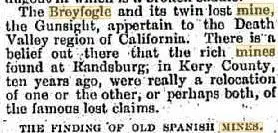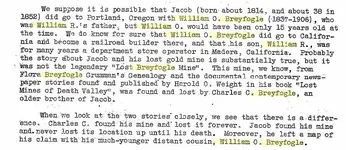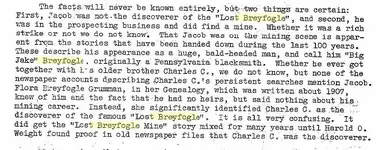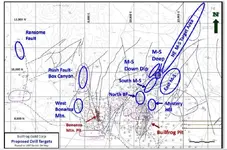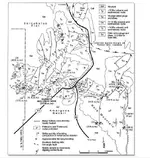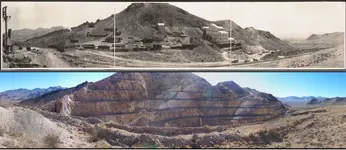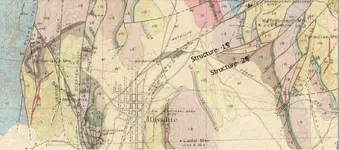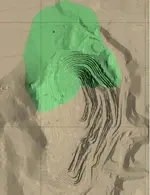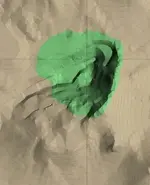We have heard the story of Charles Breyfogle*s overland journey from
the old Breyfogle farm near Kutztown to Columbus, Ohio when he was about 15
years old. It is a distance of about 475 miles. On present high-speed
highways,' it can be traveled in a day. However, before the railroads were
built, it would require at least 25 days by horse power, and since Charles
walked most of the way, it must have taken much longer. Dr. Edwin Brey¬
fogle said a man in Columbus found him crying in front of his shop and took
him in and gave him a job. At first, Charles followed the trade of a
tailor, but he was naturally able and industrious, and he branched out into
other things at an early age.
He married into the family of Colonel Cloud, who was a well-known mili¬
tary figure of that day, and there were born to the union twelve children.
Charles carried on contracting and other enterprises in Columbus, but the
lure of the discovery of gold in California was too much for him, so that,
in 1849, he went to California by wagon train, and was one of the few to
bring back a fortune, which amounted to $20,000, which would be equivalent
of the buying power of over $100,000 today. We have only an anecdote or
two about his experiences. One is that he returned by a long and hazard¬
ous journey around Cape Horn, South America. The other has been mentioned
before, but it will be related again. As Charles journeyed back from the
East Coast to Columbus (there were railroads by this time) he stopped to
see his Pennsylvania relatives. One of these was a first cousin, a huge
black-bearded blacksmith—Jacob Breyfogle, brother of Joshua D., who wrote
the Breyfogle 1849 Diary, and Charles C., who found and lost the famous
California "Lost Breyfogle Mine".
As James C. Breyfogle (born 1896), a grandson of Charles, tells the
story, when Jacob saw the gold that Charles had brought back, he closed his
blacksmith shop and set out for California, saying that if a man could make
all that money out there, he was going there himself. Such an anecdote is
typical of the small amount of information that has come down to us, and
shows what children remember of the conversations of their elders. In
another generation, unless put on paper and filed in a secure place, even
this outline would be lost to future generations.
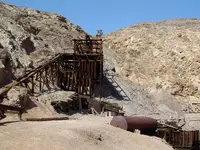
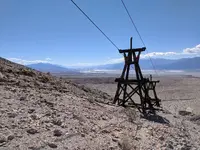








 Light the way!
Light the way!


 Inquiring minds would like to know...Yet the adventurer will always doubt the it has been found...Just for the thrill of seeking it for theirselves...
Inquiring minds would like to know...Yet the adventurer will always doubt the it has been found...Just for the thrill of seeking it for theirselves...